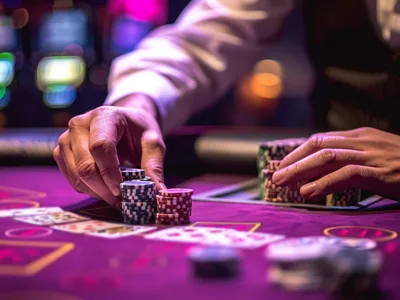Every variation matters and sharpening your understanding of doubling decisions can improve long-term results
Doubling down in Spanish 21 is one of the most powerful plays available to players, but to use it effectively, you need to understand how the rules differ from standard blackjack. Unlike traditional games, Spanish 21 removes all the tens from the deck, which impacts the math behind the strategy. However, the game also offers more favorable rules to balance this out, including the ability to double down on any number of cards and even after splitting.
The key to optimizing your doubling strategy in Spanish 21 lies in understanding the dealer’s upcard and how your hand matches up against it. In general, you should be more aggressive in doubling down than you would in regular blackjack because the player-friendly rules work in your favor. For example, the ability to double on three or more cards makes hands like a soft 18 or soft 19 (e.g., Ace-7 or Ace-8) more valuable in situations where the dealer shows a weak card such as 4, 5, or 6.
When the dealer shows a 6 or lower, doubling down becomes more appealing, especially with player totals of 9, 10, or 11. Even soft hands like Ace-2 or Ace-3 can be good doubling candidates when the dealer is in a vulnerable position. On the other hand, doubling against a dealer’s 7 or higher requires more caution, particularly without a strong total.
It’s also worth noting that in Spanish 21, a player’s 21 always beats a dealer’s 21, and bonuses are paid out on certain hands, like 6-7-8 or 5-card 21s. This shifts the overall strategy slightly in favor of taking calculated risks, including more frequent doubling.

